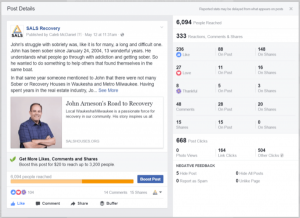Task 2: Classify Codes According to your Own Organization’s Standards
Classifications assemble your tracking codes into channels, groups, families, etc. They let you report on the high-level successes, failures, or fall-out of your campaigns, without sacrificing your ability to monitor the individual initiatives when you need to.
Classifications actually provide a vital clue in identifying the major ingredients of your tracking codes, as well as what they mean. As a result, once you select a template for new codes, we already know how to classify them.
Invariably, people will ask how to behave if your existing classification system is a complete mess. It’s true that we can be of less help with this one aspect if we don’t have a rich history from which to draw. But bear in mind that a tool like ours is a learning tool, and that every campaign you create in such a tool will add to a growing lexicon of codes and classifications. Even if you create a new standard and start with a clean slate, these standards will immediately become useful in the process of generating the next set of codes, and before long the best practices you want to employ across the organization will have bubbled to the top.
The last, critical step in classification work is the transfer of that information to your digital analytics vendor. This almost always means saving a text file to your computer, and then locating that file from within your analytics reporting interface, and importing it. This step can be fully automated. Submitting new codes and classifications communicates all of that data directly into the reporting tables in your company’s system, and a tool like ours will relay the success message to you moments later, once that confirmation is sent by your vendor.
[Author’s note: This is part two of an in-depth look at the four essential tasks teams must implement consistently for accurate campaign tracking. Click here for Part 1, Code Composition]
Digital & Social Articles on Business 2 Community(93)






